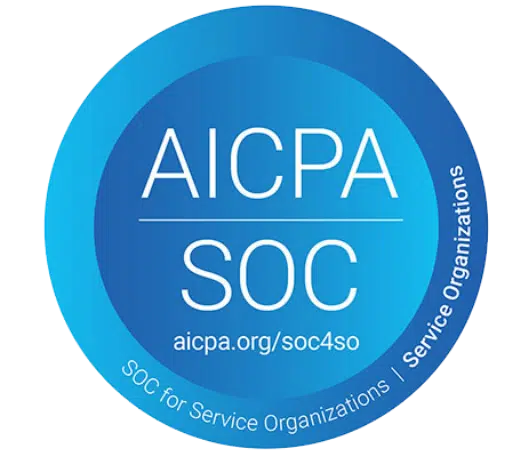The primary objectives of ERM are to enhance an organization’s ability to anticipate and mitigate risks effectively while maximizing opportunities for growth and value creation.
Four Key Components of Enterprise Risk Management
1. Risk Identification
The first objective of enterprise risk management strategy is to identify and catalog all potential risks that could affect the organization. This includes financial risks, operational risks, strategic risks, compliance risks, and reputational risks. Through a systematic and thorough process, ERM ensures that no significant risk goes unnoticed.
2. Risk Assessment and Quantification
Once risks are identified, the next objective is to assess and quantify them. This involves evaluating the likelihood and potential impact of each risk event. ERM helps organizations prioritize risks based on their severity and significance, enabling them to focus their resources and attention on the most critical threats and opportunities.
3. Risk Mitigation and Management
ERM is not solely about identifying risks but also about taking proactive measures to manage and mitigate them. This objective involves developing and implementing risk mitigation strategies and action plans. Depending on their risk appetite and capacity, organizations may choose to avoid, reduce, transfer, or accept certain risks.
4. Value Creation and Optimization
A fundamental objective of an enterprise risk management mission statement is to create and protect organizational value. This means safeguarding against potential losses and identifying and capitalizing on opportunities that can enhance the organization’s performance and competitive advantage. ERM helps organizations balance risk and reward, aligning risk-taking with strategic objectives.
Please login or Register to submit your answer





